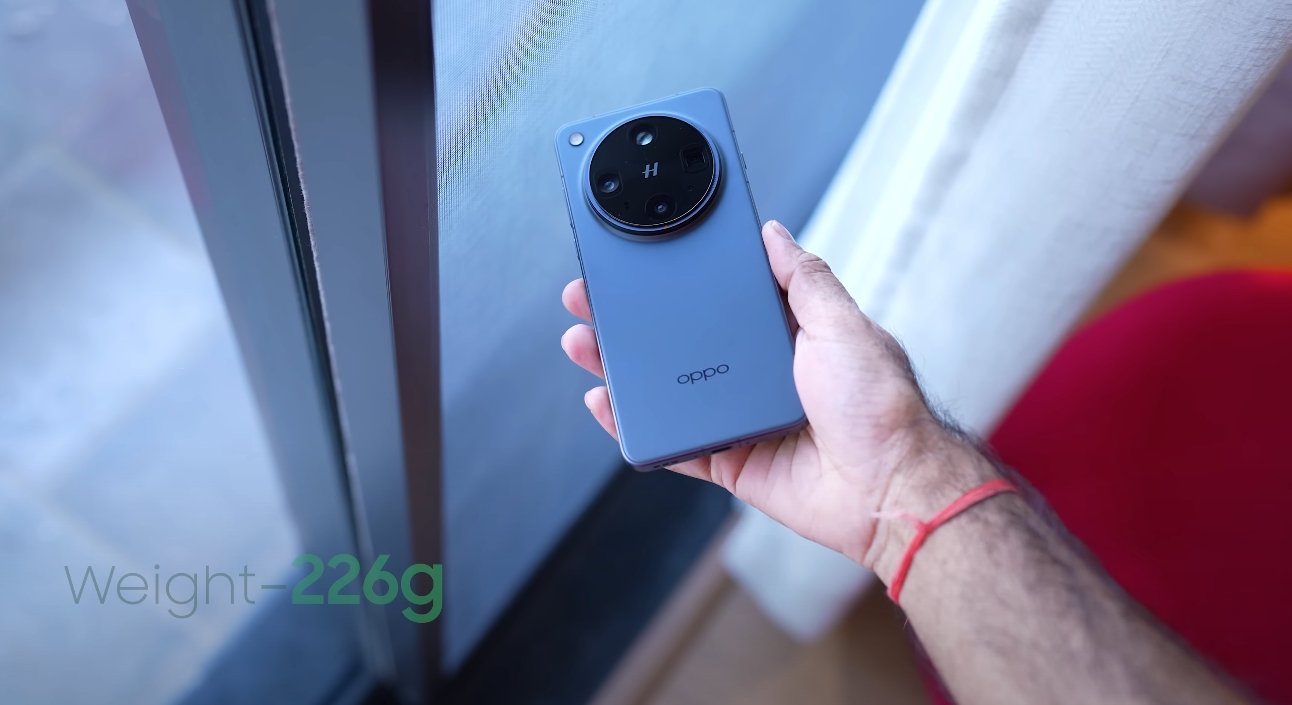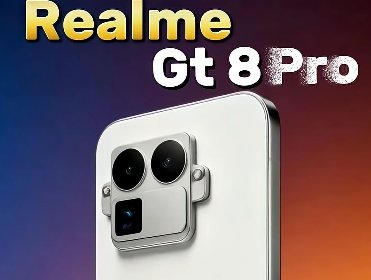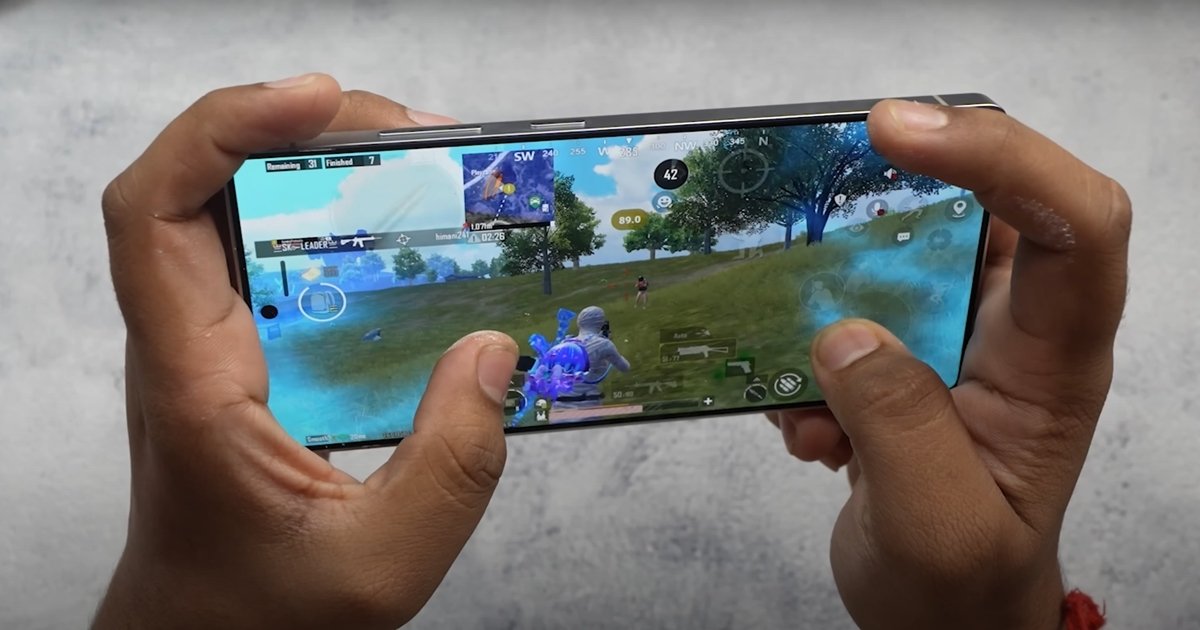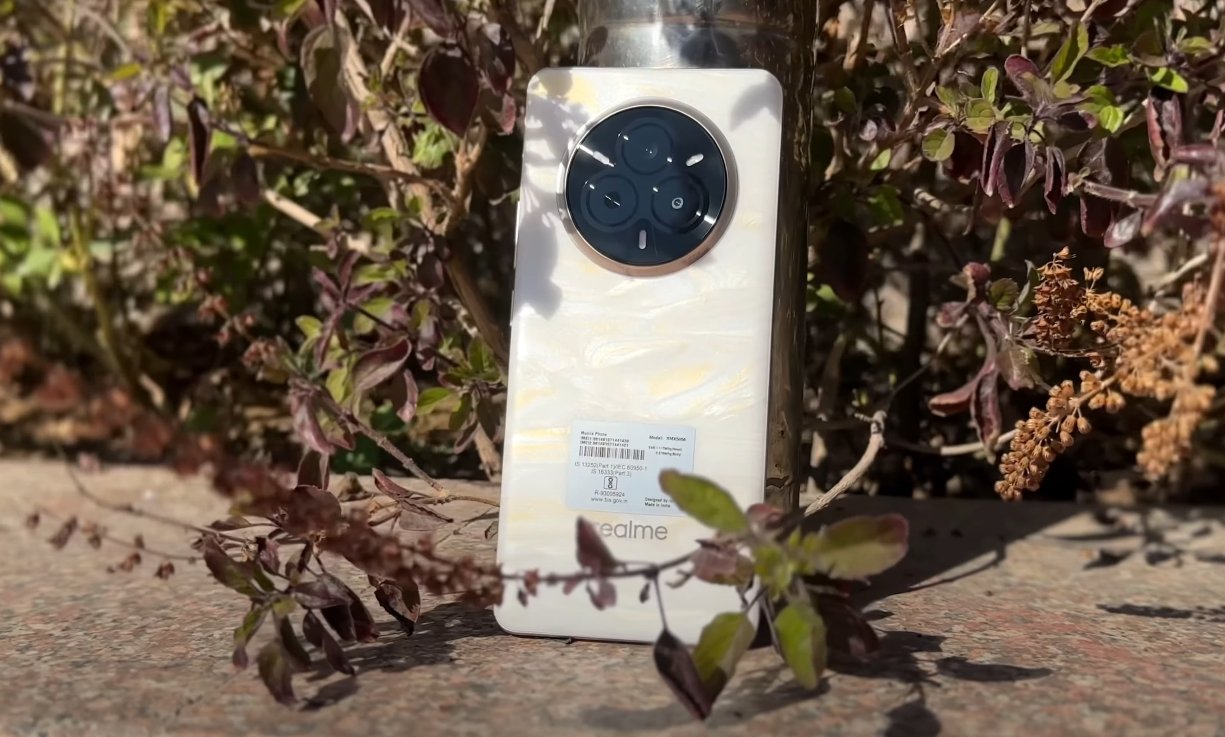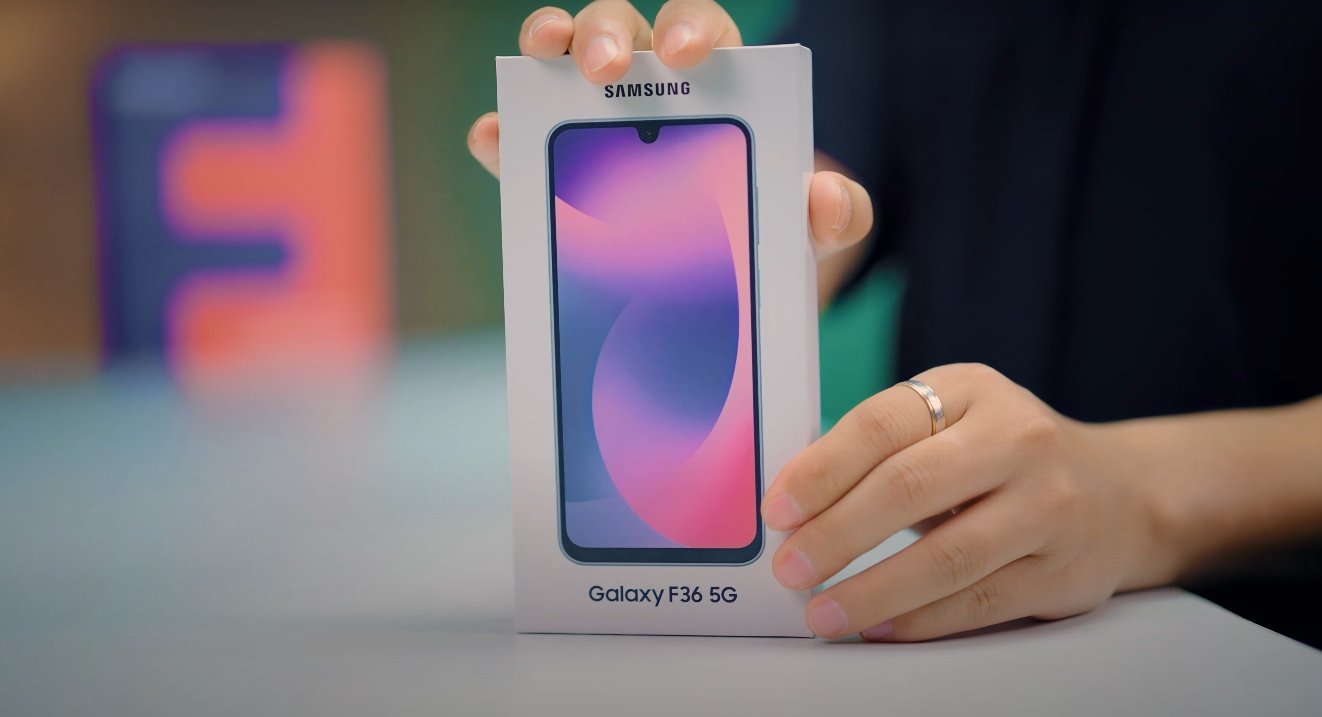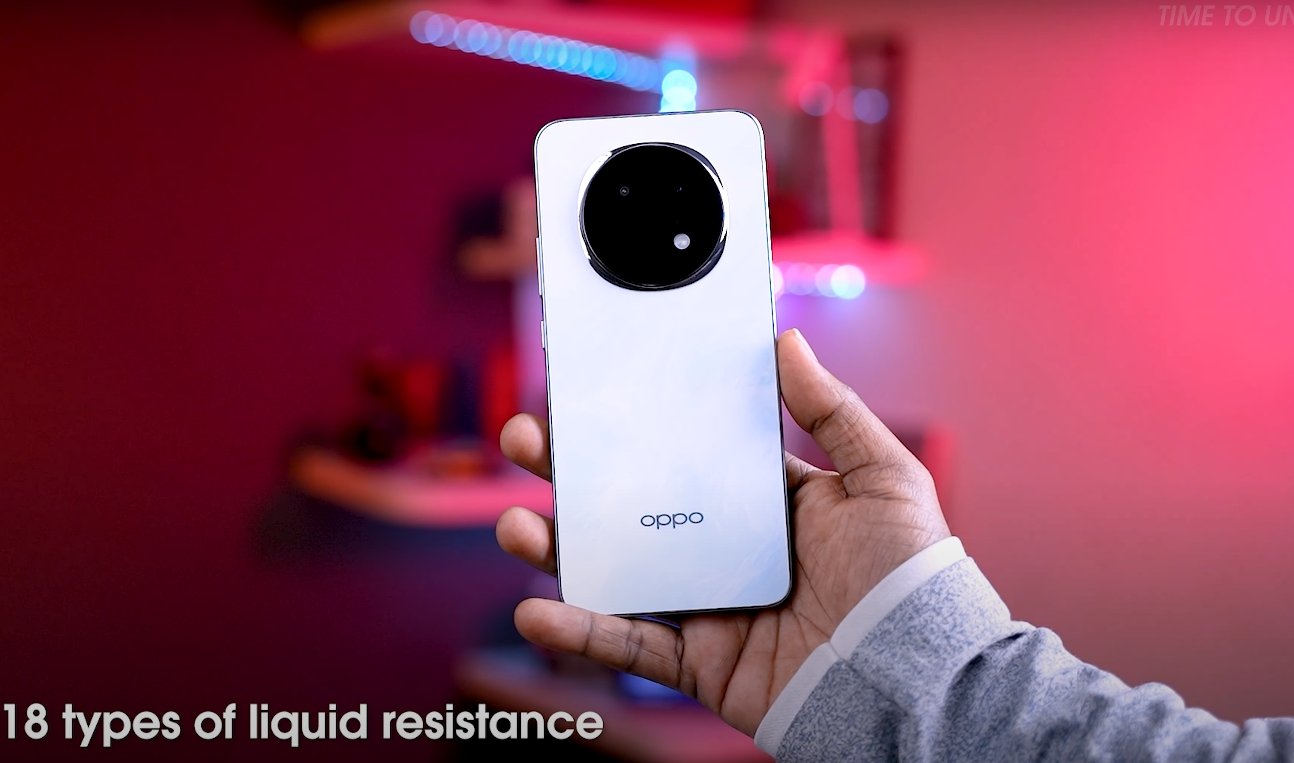Detailed clarity comparison between two flagship camera phones
The competition between Oppo and Xiaomi has always been fierce, but with the launch of the Oppo Find X8 Ultra and the Xiaomi 14 Pro, both brands have pushed the boundaries of mobile photography once again. While both smartphones deliver impressive results in terms of dynamic range and color accuracy, the real difference becomes evident when it comes to image clarity, especially in varying light and zoom conditions.
Oppo has equipped the Find X8 Ultra with a large 1-inch Sony LYT-900 sensor paired with a multi-lens setup that includes two telephoto lenses—one with 3x optical zoom and another with 6x periscope zoom. This combination gives Oppo’s flagship a strong edge in capturing details from multiple distances without losing sharpness. On the other hand, the Xiaomi 14 Pro features a powerful 50MP sensor that performs excellently in normal conditions but relies more on computational enhancements when pushed to its limits.
In bright daylight, both smartphones excel, but Oppo’s clarity advantage becomes more noticeable when zooming or cropping into images. The Find X8 Ultra’s optics maintain sharpness even in distant objects, preserving textures like leaf veins, building lines, and fabric patterns with precision. The Xiaomi 14 Pro also produces high-quality results, but upon close inspection, its details can appear slightly softer or overly sharpened by software. This difference stems mainly from Oppo’s use of larger sensors and more refined optical stabilization.
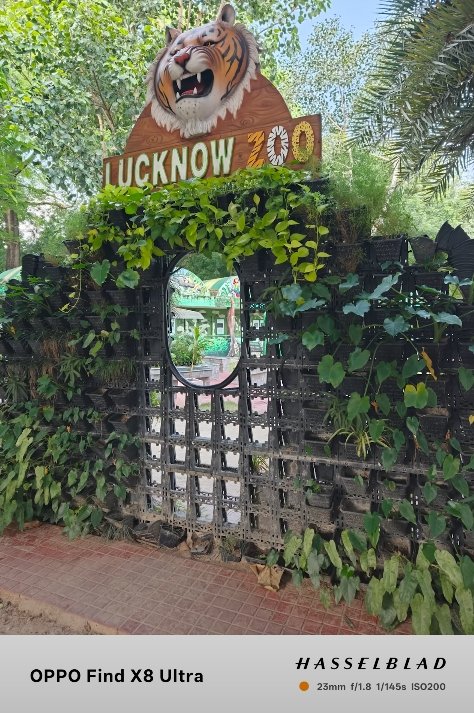
Zoom photography has become an essential feature for flagship smartphones, and this is where Oppo clearly stands out. The dual periscope system offers true optical zoom across multiple levels, meaning users get real clarity without digital enhancement. Images at 3x, 6x, and even higher hybrid zoom levels retain crisp outlines and balanced contrast. Xiaomi’s telephoto performance is strong at moderate zoom, but beyond that, it begins to show the limitations of its optical hardware. Fine details like text on distant signs or small patterns on buildings are captured with better definition on Oppo’s device.
In low-light environments, the story continues in Oppo’s favor. The Find X8 Ultra’s larger sensor allows more light intake, resulting in images with less noise, deeper contrast, and cleaner edges. It manages to keep subjects sharp even when shooting handheld in dark conditions. Xiaomi’s night performance remains good and produces balanced photos with decent clarity, but when viewed closely, Oppo’s shots often show more defined textures, especially in shadows and highlights. The difference is not always drastic but can be easily spotted in side-by-side comparisons.
Color processing also plays a role in perceived clarity. Oppo tends to render natural, slightly warm tones with high accuracy in textures, while Xiaomi often emphasizes vibrancy, which can sometimes blur fine edges during processing. The result is that Oppo’s images feel more realistic, while Xiaomi’s are visually appealing but slightly less detailed upon zooming in. For users who prefer more natural photographic output, Oppo offers better clarity consistency across scenarios.
When it comes to portrait and macro shots, both phones perform well, but Oppo again holds a slight lead. Its depth mapping and subject separation are more precise, leading to sharper outlines and smoother background blur. Macro photography benefits from the Find X8 Ultra’s advanced focus system, which captures close-up details like surface textures or small objects with professional precision. Xiaomi’s macro shots are colorful and well-exposed but can lose micro-details due to aggressive image smoothing.
In video mode, both devices maintain respectable clarity at 4K and even 8K resolutions. Oppo’s stabilization ensures minimal motion blur and sharper frame-to-frame consistency. Xiaomi’s videos are vibrant and fluid, but under rapid movement or dim lighting, the Oppo retains slightly clearer visuals and better detail control.
Overall, the Oppo Find X8 Ultra emerges as the more clarity-focused flagship. Its combination of superior lens hardware, larger sensors, and refined processing gives it the advantage in maintaining image sharpness across different conditions. The Xiaomi 14 Pro still offers excellent clarity for most everyday users, especially in good lighting, but for professionals or enthusiasts who analyze detail and texture, Oppo’s imaging system delivers a cleaner and more defined result.
In conclusion, both devices represent the pinnacle of smartphone photography in their class, but the Oppo Find X8 Ultra has a noticeable edge when it comes to clarity and consistency. Whether capturing landscapes, portraits, or distant subjects, its optical precision and refined image processing make it the preferred choice for users who prioritize crisp, natural-looking details in every shot.
Also Read: Samsung Galaxy M17 5G gaming performance review USA
